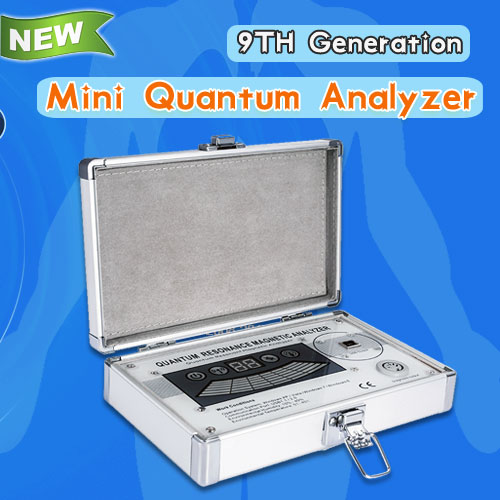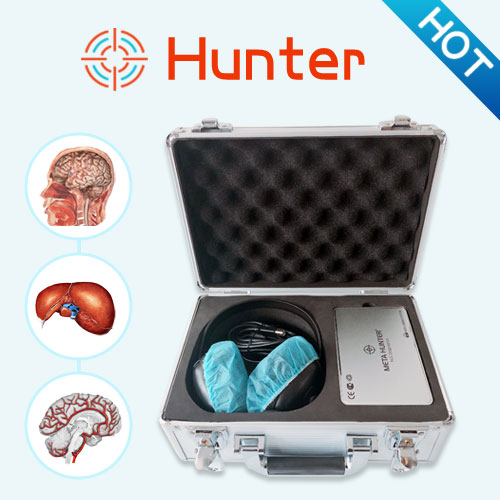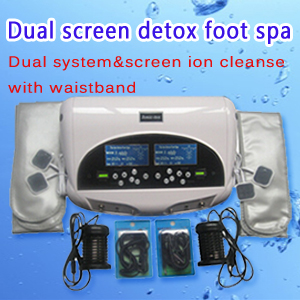How to Overcome Low Back Pain
What Is Low Back Pain?
Low back pain is a universal human experience -- almost everyone has it at some point. The lower back, which starts below the ribcage, is called the lumbar region. Pain here can be intense and is one of the top causes of missed work. Fortunately, low back pain often gets better on its own. When it doesn't, there are effective treatments.
Symptoms of low back pain range from a dull ache to a stabbing or shooting sensation. The pain may make it hard to move or stand up straight. Acute back pain comes on suddenly, often after an injury from sports or heavy lifting. Pain that lasts more than three months is considered chronic. If your pain is not better within 72 hours, you should consult a doctor.
Back Pain Culprit
You Job. If your job involves lifting, pulling, or anything that twists the spine, it may contribute to back pain. However, sitting at a desk all day comes with risks of its own, especially if your chair is uncomfortable or you tend to slouch.
Your Bag. Although you may wear your purse, backpack, or briefcase over your shoulder, it is the lower back that supports the upper body -- including any additional weight you carry. So an overstuffed bag can strain the lower back, especially if you carry it day after day. If you must tote a heavy load, consider switching to a wheeled briefcase.
Your Workout. Overdoing it at the gym or golf course is one of the most common causes of overextended muscles leading to low back pain. You're especially vulnerable if you tend to be inactive during the work week and then spend hours at the gym or softball field on the weekend.
Your Posture. Mom was right when she said, "Stand up straight!" Your back supports weight best when you don't slouch. This means sitting with good lumbar support for your lower back, shoulders back, with feet resting on a low stool. When standing, keep weight evenly balanced on both feet.
Herniated Disc. The spine's vertebrae are cushioned by gel-like discs that are prone to wear and tear from aging or injuries. A weakened disc may rupture or bulge, putting pressure on the spinal nerve roots. This is known as a herniated disc and can cause intense pain.
Diagnosing Low Back Pain
To help your doctor diagnose the source of low back pain, be specific in describing the type of pain, when it started, related symptoms, and any history of chronic conditions. Your doctor may order X-rays, CT or MRI scans to look for damaged bones or discs, or other injuries to the spine. You can also use 3D-NLS, it can quickly and accurately detect your waist.
How to treat
Home care for low back pain. Back pain due to muscle strain will usually get better on its own, but you can take steps to make yourself more comfortable. A heating pad or warm baths may provide temporary pain relief.
YogaIf. back pain doesn't go away in three months, there's evidence that yoga can help. In one recent study, people who took 12 weeks of yoga classes had fewer symptoms of low back pain than people who were given a book about care for back pain. The benefits lasted several months after the classes were finished. The study suggests conventional stretching also works just as well. Make sure your instructor is experienced at teaching people with back pain and will modify postures for you as needed.
Spinal Manipulation. Chiropractors and some osteopathic doctors use spinal manipulation to treat low back pain by applying pressure with their hands to bones and surrounding tissues. This treatment is not appropriate for everyone.
Massage Therapy. A study funded by the government suggests that massage may help relieve chronic low back pain. After 10 weeks, people who had weekly massages had less pain and were better able to go about their daily activities than people who got traditional care. That was true no matter what type of massage they got, and the benefits lasted at least six months. You can try using the Tens Acupuncture Machine to complete massage therapy.
Acupuncture. Can acupuncture treat back pain? The evidence is mixed. In 2009, a study of several hundred people with long-lasting back pain found surprising results. Those who had simulated acupuncture (involving toothpicks tapping the skin) got the same benefits as those who had real acupuncture with needles. After eight weeks, both groups had greater relief than people who did not have acupuncture. Acupuncture Pen is a more convenient tool for acupuncture.
This article is provide from [Metatron 4025 hunter],please indicate the source address reprinted:http://www.healthycarer.com/news/other/1178.html






